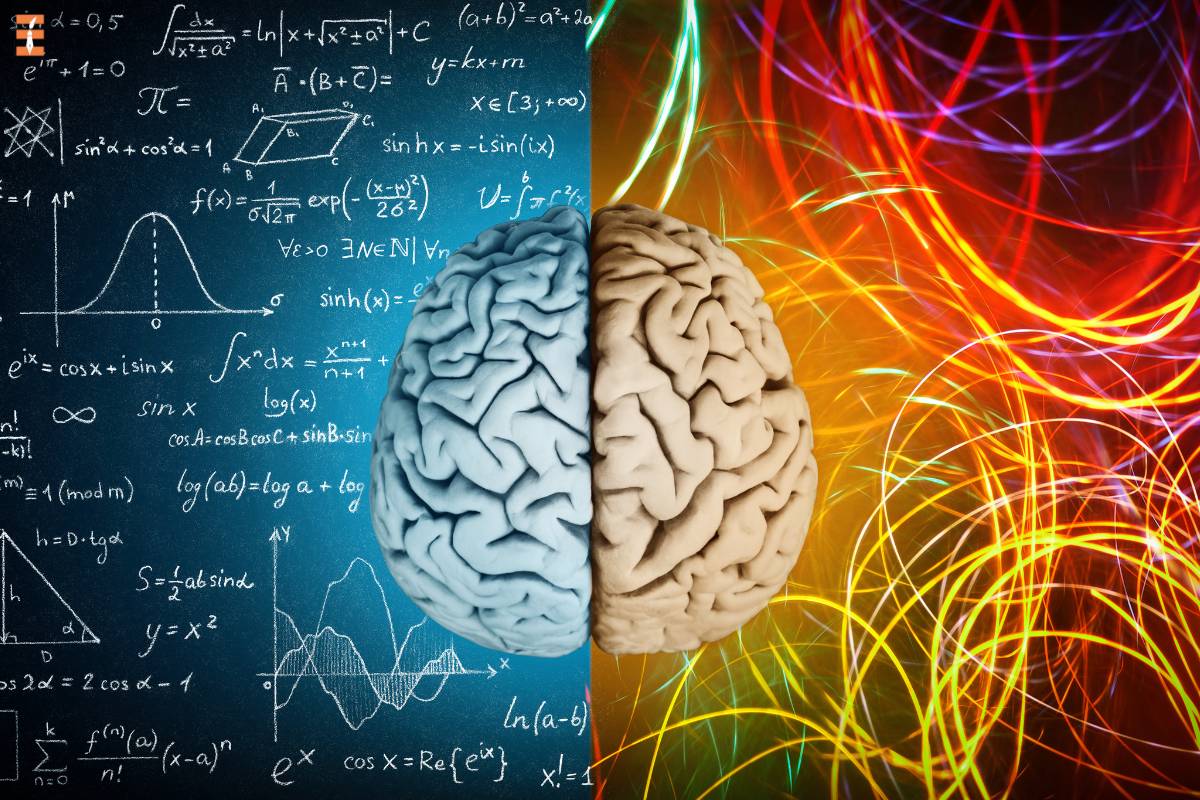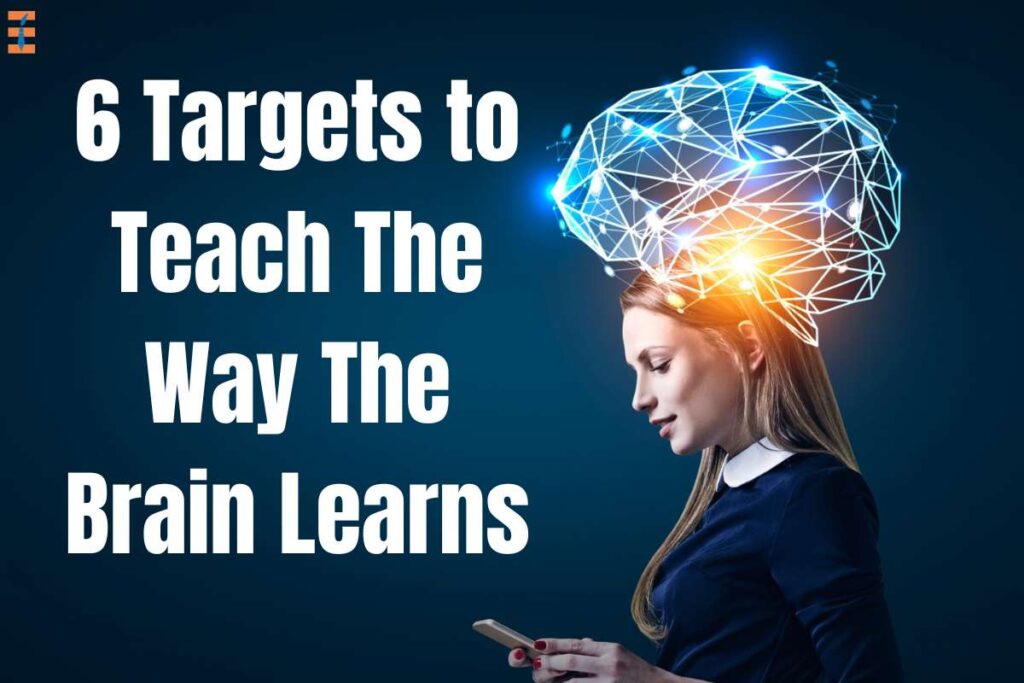The intersection of neuroscience and education represents a compelling realm of research and practice to holds huge potential and reshape how you can learn and teach. Over the last few decades, various changes and advancements in the field of neuroscience have allowed students and teachers to understand the basics regarding the human brain and provide valuable insights into various methods to acquire, process, and retain information.
In the world of education and neuroscience, this knowledge of powerful technology helped researchers and educators to leverage various neuroscientific findings to enhance learning outcomes. In this article, you will be reading about how to examine various methods in the fields of intersection and transformation to leave a significant impact on education.
Here are 6 different ways at the intersection of neuroscience and education:
1. Understanding the Learning Brain
One of the most fundamental ways in which neuroscience and education intersect is through a better understanding of the learning brain. Researchers have uncovered critical insights about the brain’s plasticity—the ability to adapt and rewire itself in response to experiences. This knowledge has debunked the myth that the brain is static and unchangeable after a certain age. Instead, it has shown that the brain remains malleable throughout life, paving the way for a lifelong learning perspective.

Educators now use this understanding to develop teaching strategies that capitalize on the brain’s plasticity. Techniques such as growth mindset, metacognition, and active learning are rooted in neuroscientific principles, fostering an environment where students are motivated to embrace challenges and engage in deeper learning experiences.
2. Personalised Learning
Neuroscience has also fueled the rise of personalized learning—an approach that tailors instruction to individual student’s needs and preferences. Through brain imaging and cognitive assessments, educators can gain insights into students’ cognitive profiles, strengths, and weaknesses. This allows them to design personalized learning experiences that align with each student’s unique learning style and pace.
Personalized learning technologies, such as adaptive learning platforms, use algorithms informed by neuroscience to adjust content and difficulty levels in real time, ensuring that students receive the appropriate level of challenge and support. This approach not only enhances learning outcomes but also addresses the diverse needs of students in today’s classrooms.
3. Brain-Targeted Teaching
Brain-targeted teaching is an emerging educational approach that draws heavily from neuroscience research. It emphasizes the importance of aligning teaching practices with how the brain processes and retains information. Strategies such as multisensory learning, retrieval practice, and spaced repetition are examples of brain-targeted teaching techniques that have gained popularity in recent years.

For instance, retrieval practice taps into the brain’s ability to strengthen memory by recalling information from memory rather than simply reviewing it. This active process enhances long-term retention, making it a valuable tool for educators. By integrating brain-targeted teaching strategies into their classrooms, educators can optimize the learning process for their students.
4. Neurofeedback and Brain-Computer Interfaces
Advancements in neurofeedback and brain-computer interfaces have opened up exciting possibilities for education. Neurofeedback allows individuals to observe and regulate their brain activity in real time, offering a unique way to enhance self-awareness and cognitive control. In educational settings, this technology can be used to help students manage stress, improve focus, and develop better self-regulation skills.
Moreover, brain-computer interfaces (BCIs) enable direct communication between the brain and external devices. While BCIs have primarily been used in medical and assistive technology applications, they hold the potential to revolutionize education. Imagine a future where students can control computer interfaces or robots with their thoughts, breaking down physical barriers to learning for individuals with disabilities.
5. Mindfulness and Emotional Regulation
The intersection of neuroscience and education has shed light on the importance of mindfulness and emotional regulation in the learning process. Research has shown that practicing mindfulness can lead to improvements in attention, stress reduction, and emotional well-being. In educational settings, the integration of mindfulness practices can help students develop crucial skills for self-regulation and emotional resilience.
Neuroscience studies have also revealed the profound impact of emotions on memory and learning. Emotionally charged experiences tend to be better remembered, and this insight has inspired educators to create emotionally engaging and meaningful learning experiences. By acknowledging the emotional dimensions of learning, educators can create more holistic and effective educational environments.
6. Brain-Enhancing Technologies

The intersection of neuroscience and education is giving rise to innovative brain-enhancing technologies that have the potential to transform the way we learn. For example, brain stimulation techniques, such as transcranial direct current stimulation (tDCS) and transcranial magnetic stimulation (TMS), are being explored for their ability to enhance learning and cognitive performance. These non-invasive methods can modulate brain activity and have shown promise in improving various cognitive functions.
However, the ethical and safety considerations surrounding the use of brain-enhancing technologies in education are still evolving. It is crucial to strike a balance between the potential benefits and risks, ensuring that these technologies are used responsibly and with the best interests of learners in mind.
Conclusion
The intersection of neuroscience and education represents a dynamic field with the power to revolutionize the way we learn and teach. From understanding the learning brain to implementing personalized learning and brain-targeted teaching strategies, the collaboration between these two disciplines is fostering a more effective, engaging, and inclusive educational landscape. As technology continues to advance, neurofeedback, brain-computer interfaces, and brain-enhancing technologies offer exciting possibilities for enhancing cognitive abilities and expanding educational opportunities.
Furthermore, the incorporation of mindfulness and emotional regulation into education underscores the importance of nurturing not only cognitive skills but also emotional well-being. As we continue to explore the intricate connections between the brain and education, it is essential to do so with a commitment to ethical considerations and responsible use of emerging technologies. The journey at the intersection of neuroscience and education is still unfolding, promising a future where learning is not only more effective but also more deeply connected to our understanding of the human mind.

6 Targets to Teach The Way The Brain Learns
Students’ apathy and disinterest a common problems for teachers in boarding schools, as many students just do not care enough to show up to class, make any effort to study, listen to lecturer explanations, or do assignments.










